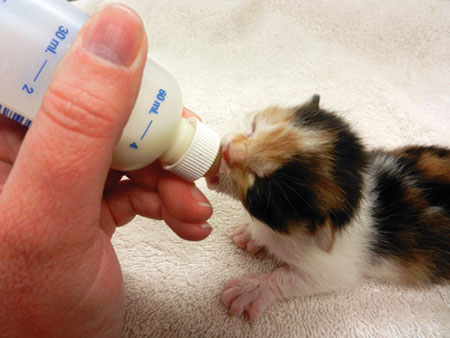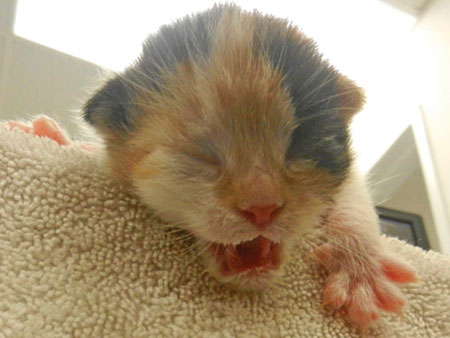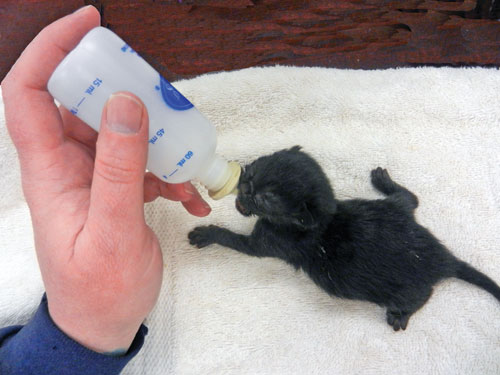
Remember having a newborn, including the 3 a.m. feedings and planning the day around their every need? Wasn’t it a wonderful time? Sure, it was a ton of work, but the results were more rewarding than any pre-conceived expectations. Just because the kids are grown, doesn’t mean that there is no longer an opportunity to have that experience.
Each year, thousands of cats and kittens are put to sleep at local animal shelters, many of which are euthanized simply because shelters don’t have the staff to provided them with around the clock care.
Here are the sobering facts*. In 2013, San Jose Animal Care Center took in 4,859 stray and surrendered kittens. One thousand six hundred eighty-eight were euthanized. Other local shelters had less unfortunate numbers, but still euthanized a number of kittens that could have thrived. Silicon Valley Animal Control Authority took in 450 and euthanized 19, while Town Cats in Morgan Hill took in 786 and euthanized 14, the Santa Clara County Animal Shelter took in 1,072 and euthanized 94, Palo Alto took in 30 and euthanized five and Humane Society Silicon Valley took in 1,675 and euthanized 248, 120 of which were bottle baby kittens (128 were euthanized for a medical condition).

While not every kitten can be saved, there is a solution to help the ever-increasing problem of euthanasia in the shelter system; foster parenting. Rescues are primed and ready to pull kittens during kitten season (roughly April through November), because when a shelter sends out a text message that bottle babies are present, the organizations have approximately four hours to pick them up before the kittens meet an untimely death.
The payoff far exceeds the “inconvenience” of midnight feedings as the little, fluffy balls of fur weigh only a matter of ounces when born and are over two pounds by the time they leave. When one- or two-day old kittens are picked up, they have closed eyes, attached umbilical cords, folded over ears and can only wiggle around. Within days, the umbilical cords fall off. Soon after, their ears start to unfold and eyes open. Within a week of their eyes opening, they’ll start to crawl around. By the third week, they’re walking and at the fourth, the weaning process can begin.

It’s understandable that feeding kittens every two to three hours and providing 24/7 care – including bathing, bottle feeding, providing warm bedding and helping them eliminate waste – isn’t for everyone, but supplies are provided and kittens can often be turned over to another foster home within a matter of weeks. And, since 430 of the kittens San Jose euthanized in 2012 were between one and two pounds, weaned, healthy and social, there are plenty of opportunities for potential fosters to take in kittens without having to take care of them throughout the night.
There are also a host of resources available to foster parents. HSSV (www.hssv.org) offers classes on raising orphan kittens, and Maddie’s Fund, ASPCA and other reliable sources and be found through a quick web search. HSSV also has a foster parenting program, as does each of the WeCare shelters (SVACA, Santa Clara County, SJACS, Town Cats and Palo Alto) shelters and nearly every rescue in the area.
*Facts were provided by St. Francis Animal Protection Society, who received them from WeCare, an organization comprised of six local shelters who work together to reduce the pet overpopulation problem.
Full disclosure: The writer of this article is a kitten (bottle baby and beyond) foster parent who works with St. Francis APS (www.stfrancisanimal.org) and Fred’s Friends (www.fredsfriends.org).





